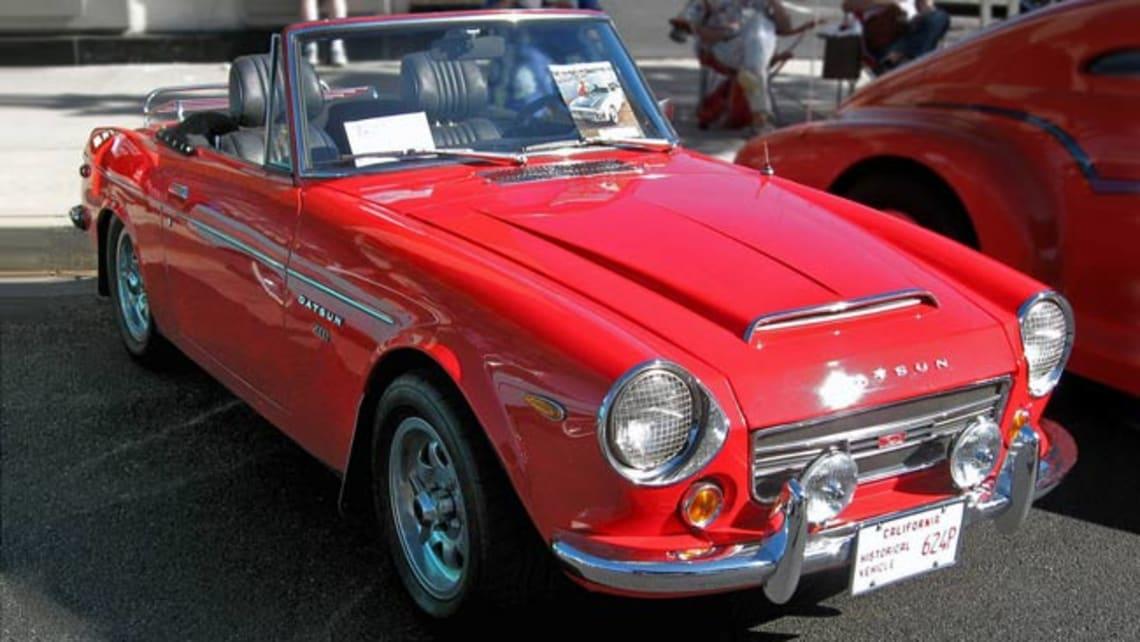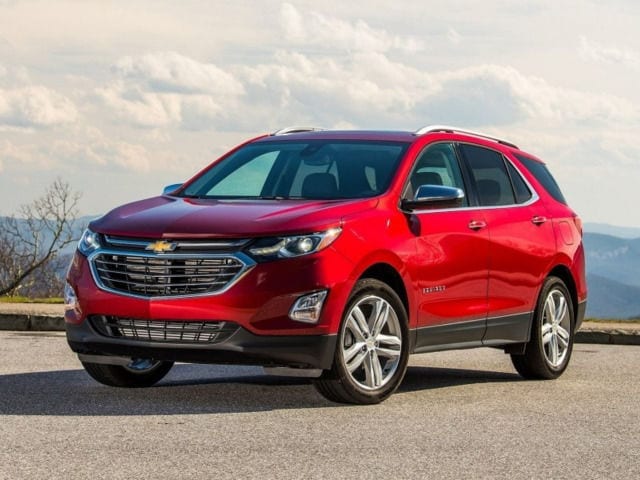
Used Datsun 2000 Sports review: 1967-1970
The Datsun 2000 Sports arrived here in 1967 to rave reviews but had to face an uphill battle to win over the British sports car fans that dominated this market segment. Anti-Japanese sentiment was still present in the Australian community and often expressed itself as a resistance to buying goods made in a country that we were fighting just a few years ago.
When it arrived, the Datsun 2000 Sports had to overcome that hurdle as well as shatter the locals' longstanding loyalty to traditional British sports car brands such as MG, Austin-Healey and Triumph.
WATCH MODEL
The Datsun 2000 Sports was the last in the line and by far the best of the traditional open sports cars that started with the 1962 1500 Fairlady. It was replaced in 1970 by the very popular 240Z, the first of the Z cars, which continues into the 370Z today.
When the Fairlady entered the local scene in the early 1960s, the British dominated the market and cars like the MGB, Austin-Healey 3000 and Triumph TR4 sold well. In particular, the MGB was a bestseller as well as a very popular and affordable sports car for local open top car enthusiasts.
Perhaps unsurprisingly, the Datsun Fairlady looked a lot like the cars it was trying to outdo, with long, lean lines and sporty proportions that were familiar to British cars.
But the oddly named Fairlady 1500 was not a big success. It was mostly avoided by sports car buyers because it was Japanese. Japanese cars had yet to fully take their place in the market, and they did not have the opportunity to demonstrate their qualities of reliability and durability. But by the time 2000 Sports arrived in 1967, the MGB had been on the market for five years and looked rather tired by comparison.
A stable manufacturer, not a staggering one, MGB was easily outclassed by the 2000 Sports, which had a top speed of over 200 km/h, while the British car barely topped 160 km/h. The source of this performance was a 2.0-liter, four-cylinder, single overhead camshaft engine that delivered 112kW at 6000rpm and 184Nm at 4800rpm. It was accompanied by a five-speed fully synchronized manual transmission.
Down below, it had coil-spring independent front suspension with semi-elliptical leaf springs and a reaction bar at the rear. Braking was disc front and drum rear, and the steering was non-power assisted.
IN THE SHOP
It is important to understand that the Datsun 2000 Sports is now an old car and therefore most of them are weary of age. Although they are now more valued, they were once considered ugly ducklings, and as a result, many of them were neglected.
Neglect, poor maintenance and years of hard use are the main causes of problems in a durable car. Look for rust on the door sills, in the footwell and around the trunk hinges, and check the door gaps as they may indicate damage from a previous accident.
In 2000, there was the U20 engine, which was generally a reliable and durable unit. Look for oil leaks around the rear of the cylinder head and fuel pump. It is important to use a good coolant that is changed regularly to prevent electrolysis with an aluminum cylinder head and a cast iron block.
Check for worn synchromesh in the gearbox and make sure it doesn't jump out of gear, especially in fifth when pulling away after hard acceleration. Knocking or sticking when steering is a sign of wear. The chassis is pretty solid and causes few problems, but look out for the sagging rear springs.
In general, the interior holds up well, but most parts can be purchased if necessary.
IN ACCIDENT
Don't look for airbags in the Datsun 2000 Sports, it comes from an era before there were airbags and relied on a nimble chassis, responsive steering and powerful brakes to avoid a crash.
IN THE PUMP
As with all sports cars, the 2000's fuel consumption is largely dependent on the driver's traction for speed, but in normal driving it's quite economical. Road testers at the time of the 2000 Sport's release reported fuel consumption of 12.2L/100km.
Of greater interest today is the fuel that can be used. The new Datsun was tuned to use superleaded gasoline, and now it is best to use fuel with the same octane rating. What it actually means is 98 octane unleaded petrol with a valve and valve seat additive.
SEARCH
- Lustful performance
- Robust construction
- Classic roadster look
- Reliable and reliable
- Affordable driving pleasure.
BOTTOM LINE: A sturdy, reliable and fun sports car capable of surpassing similar British cars of the era.
